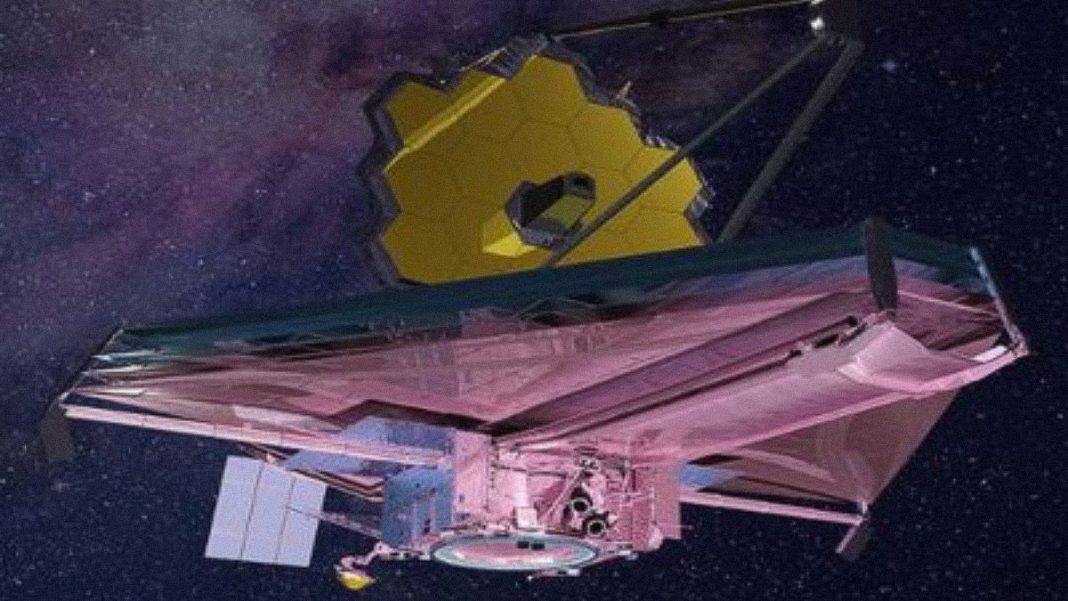UNITED STATES: The James Webb Space Telescope (JWST) has recently provided astronomers with new insights into the deep field region previously observed by the Hubble Space Telescope (HST).
The deep field region was initially considered to be an empty space, but HST’s observations revealed the presence of many galaxies. Now, with the help of the JWST, astronomers can study these galaxies in greater detail.
The JWST’s Near-Infrared Camera was trained on the HST’s Deep Field region, revealing galaxies of similar faintness in just one-tenth of the observing time it took for HST to observe the same area. The images taken by JWST have revealed how galaxies were growing at the time in the history of the universe that they were observed.
The JWST spent over 20 hours observing the long-studied Hubble Ultra Deep Field for the first time on October 11, 2022, and the results have started pouring in.
The JWST’s capabilities have allowed astronomers to measure the energy that galaxies produced during the first billion years of the universe. This information has helped them understand how galaxies reionised the universe, reverting it from being neutral gas to once again being an ionised plasma like it was after the Big Bang.
Christina Williams from NOIRLab has stated that measuring this energy will help astronomers understand the history of star formation and ionisation properties of galaxies during this period.
The JWST’s ability to take images of spectral features with higher sensitivity in measuring colours has also allowed astronomers to understand better the formation and evolution of galaxies in the universe. Michael Maseda of the University of Wisconsin-Madison has stated that the JWST provides a hybrid between imaging and spectroscopy.
In contrast to traditional spectroscopy, which can only study a few galaxies in the field of observation, this allows for detailed information to be acquired for virtually all galaxies in the area.
Astronomers are improving their understanding of the early processes involved in the formation and development of galaxies in the cosmos by studying the galaxies from the deep field perspective. Understanding the physics of galaxies may be done in various ways because galaxies are complicated systems in which distinct processes operate on various spatial and temporal dimensions.
The data gathered by the JWST provides valuable information for astronomers as they continue to study the universe and its formation.
Astronomers are continually discovering the best methods for analysing data sets since the JWST is so young. According to Christina Williams, having a few data sets that are instantly usable will make it easier to understand how to use JWST data going ahead and to better plan programmes for cycles to come.
Also Read: NASA’s IXPE Satellite Produces Detailed Map of Magnetic Fields in Crab Nebula



